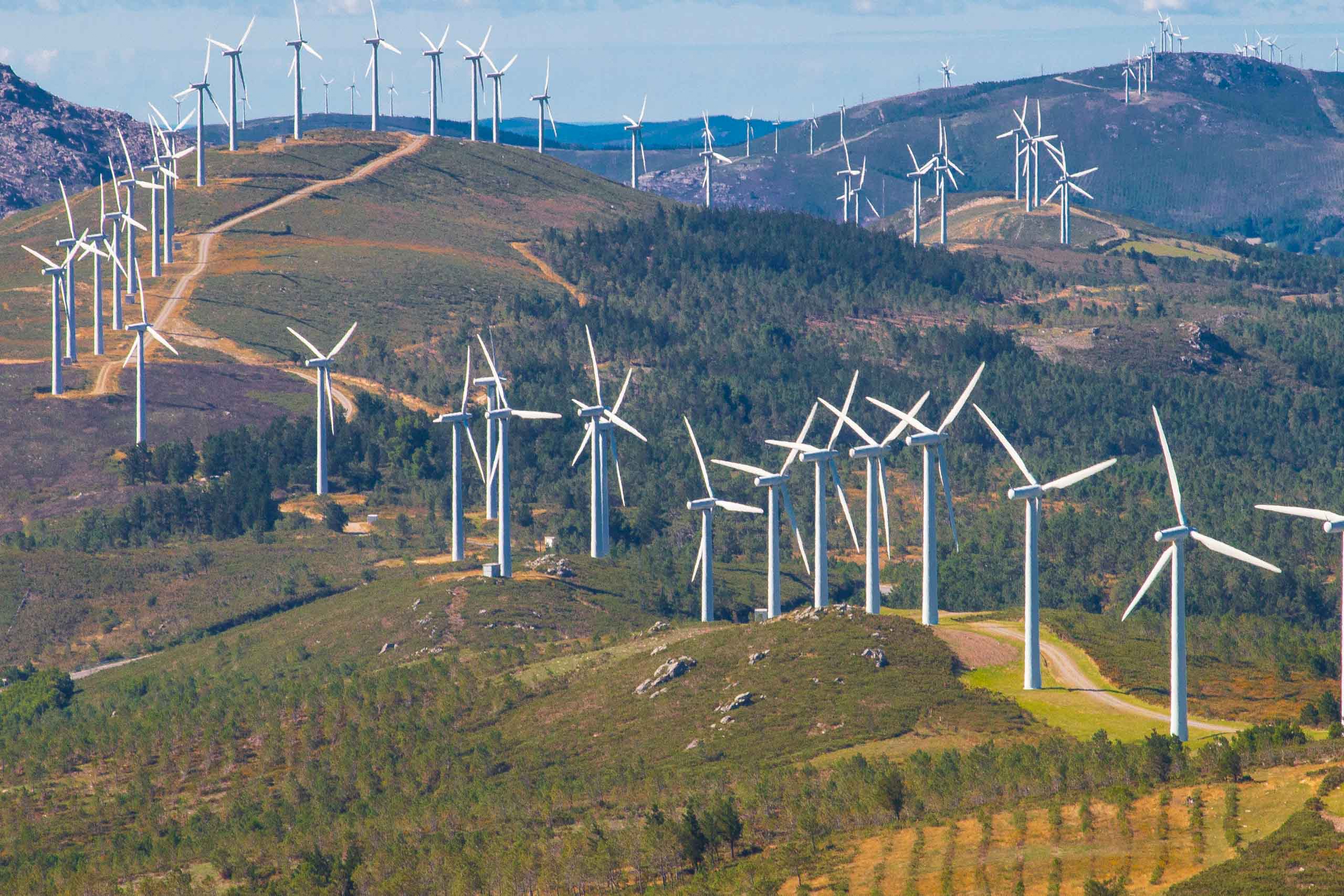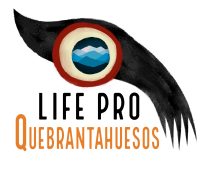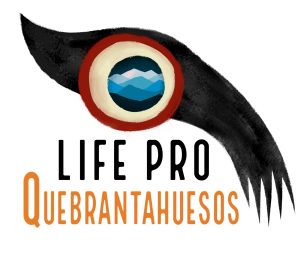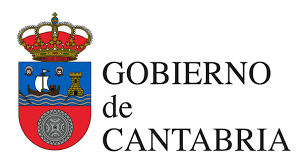The massive wind deployment in Maestrazgo (Teruel) forces the suspension of the Bearded Vulture reintroduction project.

First case in Spain of suspension of a project to reintroduce a species threatened by the wind industry.
A study shows that the specimens in the area could have impacted the projected wind turbines up to 756 times
The Foundation for the Conservation of the Bearded Vulture (FCQ), in agreement with the environmental authorities, has been forced to suspend the actions of the European LIFE project ‘Iberian Corridors for the Bearded Vulture’ in the Maestrazgo project site. This means a precautionary suspension of the release of specimens in the region until the definitive dimension of the planned wind development is clarified. The high risk of collision and death to which the projected deployment would expose the species makes it unacceptable to continue, as it would violate the criteria for the reintroduction of species threatened with extinction established by the International Union for Conservation of Nature (IUCN), as well as the environmental guarantee criteria contemplated in the LIFE projects.
Two FCQ experts have analyzed for months the flight patterns and use of space in Maestrazgo of 10 bearded vultures (released in Castellón and Aragón) and 12 griffon vultures (radiomarked in the epicenter of the mega wind project). The study of the geolocations provided by the satellite beacon carried by each specimen offers results that have set off all the alarms: in just one year, the bearded vultures could have collided up to 745 times with the projected wind turbines, which would mean the total disappearance of the incipient bearded vulture population.
Official data show thousands of birds and bats killed each year at wind farms
The study includes not only risk simulations, but also official data on wildlife mortality in wind farms. After requesting information from the autonomous communities on wind farm accidents, it was found that between 2021 and 2022, 1081 griffon vultures, 5 Egyptian vultures, 24 golden eagles, 69 red kites, 198 black kites, 48 short-toed eagles, 196 common kestrels and 128 lesser kestrels, among other species, died in collisions at wind farms in Aragon and Navarra. These are only the figures collected by the administration, so taking into account that many bodies disappear due to predation and that the search for them is not a routine task, the scientific community estimates that the bodies found represent between 10 and 20 percent of the deaths that actually occur.
This would mean, in just five years, between 44,115 and 88,230 dead animals, many of them vulnerable or endangered species. According to the Spanish Association for the Conservation and Study of Bats, it should be added that every year wind turbines kill between 84,376 and 253,128 bats in Spain (all of them protected by Spanish and European legislation).
The case of Maestrazgo (Teruel).
In 2020, the LIFE project “Iberian Corridors for the Bearded Vulture” was prepared with the main objective of guaranteeing the long-term conservation of the bearded vulture in Europe, through the recovery of its extinct populations in areas of high quality for the species in central and northern Spain.
Based on the habitat analysis, the historical review and the intense preparatory work carried out during more than 20 years, one of the most suitable territories for the execution of the project turned out to be the Maestrazgo area of Teruel: its high potential habitat, the abundance of trophic resources, the numerous historical records and the low presence of threats to the species made the territory an important node in the metapopulation context of the bearded vulture in the Iberian Peninsula.
Thus, in January 2022, the project, financed by the LIFE community instrument, began and the first releases of specimens in the area were initiated, with the aim of generating a stable population nucleus and meeting the project objectives.
However, two years after the drafting of this project, on December 23, 2022, the environmental impact statement of the Maestrazgo macro wind power complex was published. That same year and motivated by the climatic emergency derived from the war in Ukraine, the Royal Decree Law 20/2022 was published, which hastily triggered the approval of a macro wind energy industrial project in Maestrazgo, even within Natura 2000 protected areas.
Specifically, 13 wind farms are planned for the Maestrazgo region, and another 62 in neighboring regions (34 projects in Cuencas Mineras, 19 in Andorra – Sierra de Arcos and 9 in Matarraña). This means that the reintroduction area of the species will be surrounded by wind turbines of 158 meters of blade, occupying ridges and hills, coinciding in the same space where one of the best communities of birds of prey in Europe fly, which is a serious and insurmountable threat to the reintroduced birds. According to FCQ studies and mortality data from wind farms in Aragon and Navarra, the fact that 367 wind turbines can be installed around the bearded vulture release point makes it impossible to achieve the objective of recovering the species. And that is without taking into account that these installations require long-distance electrical evacuation lines.
The pending debate.
The FCQ calls for a deep reflection and debate. For years, Spain has been the recipient of significant amounts of money for the recovery of threatened habitats and biodiversity. It is contradictory that now, with a hasty and unprecedented deployment of wind farms in Europe, one of the greatest threats to biodiversity and a model opposed to the objective of re-capitalizing the rural environment is being implemented in these same habitats.
It is not acceptable that in order to solve a production and pollution problem, another problem is generated, such as compromising the survival of the Spanish avifauna. Even more so when there are innovative technological measures and complex management procedures that considerably reduce bird mortality. Measures that, for the time being, the Spanish administration is not requiring from developers. In addition to energy transition, it should necessarily be compatible with Spain’s natural heritage.






